WES LANG
THE NY-LA VISUAL ARTISTS ON HIS ICONOGRAPHY OF BIKER CULTURE AND HIS NEW HOME AT THE CHATEAU MARMOT IN LOS ANGELES
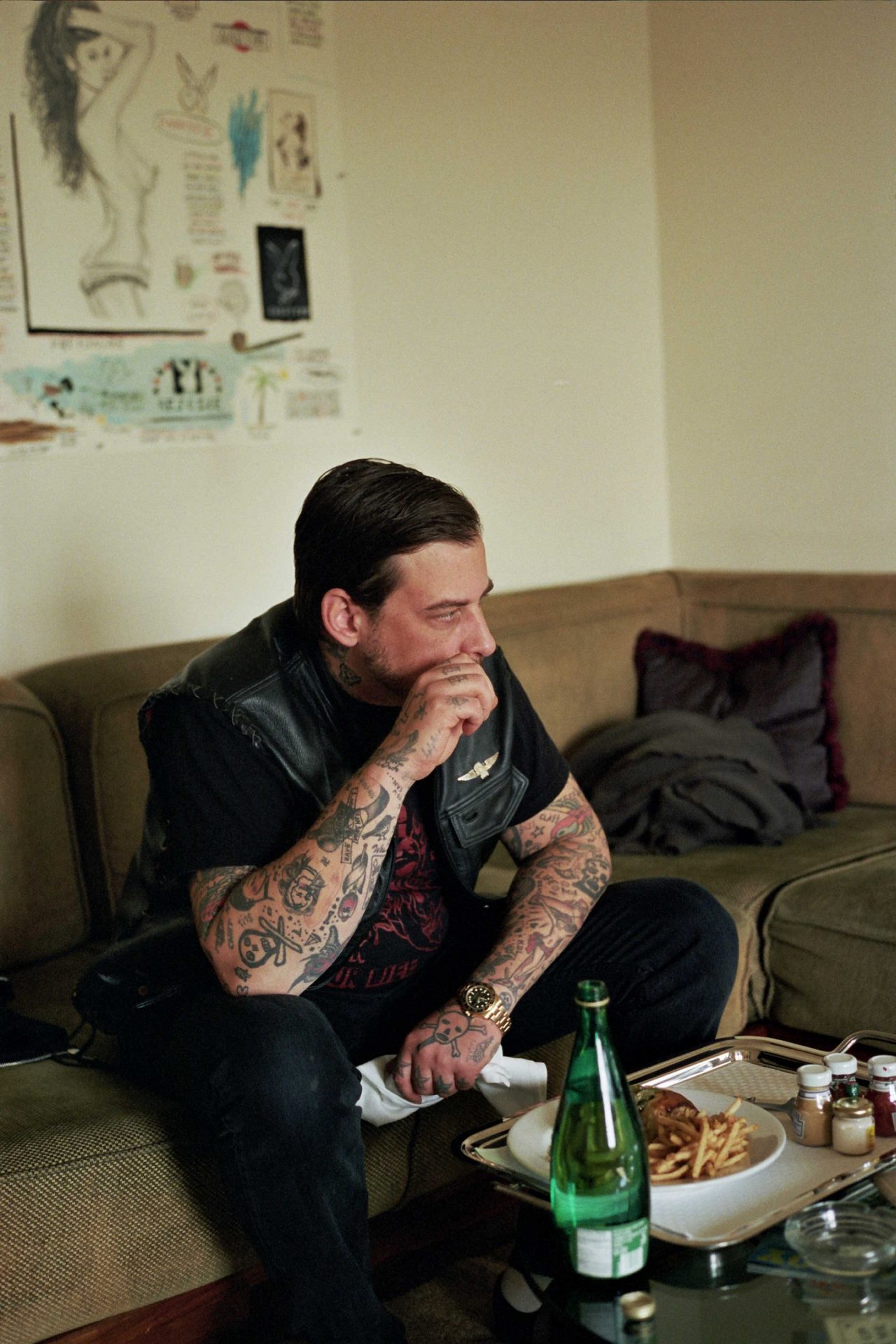
Wes Lang is an artist on the rise, but he’s not in a hurry. With two upcoming solo shows this year he’s busy doing the work from his new base in LA, the Chateau Marmont. Champ writer Adam Bryce interviews the artist for Champ Magazine issue 7.
I first met Wes Lang a few years back at the tattoo shop of a mutual friend, Scott Campbell‘s, in Brooklyn. I hadn’t seen much of Lang’s work, but Scott spoke very highly of him and invited me to his solo show at Zieher Smith in New York later that month. I was in awe, and Wes has become a huge favourite of mine in the years since. I’ve watched his career with close attention and seen him gain massive worldwide popularity. It’s easy to be impressed by Lang’s visual language, but I’ve wanted to talk properly to him about what his work means and more importantly where it comes from for some time.
He is currently based out of Los Angeles, in particular a room at the famed Chateau Marmont, where he’s working on upcoming shows in Copenhagen and Stockholm later in the year. While his work suggests some type of manic aggression, Wes Lang is softly spoken, very calm and incredibly humble.
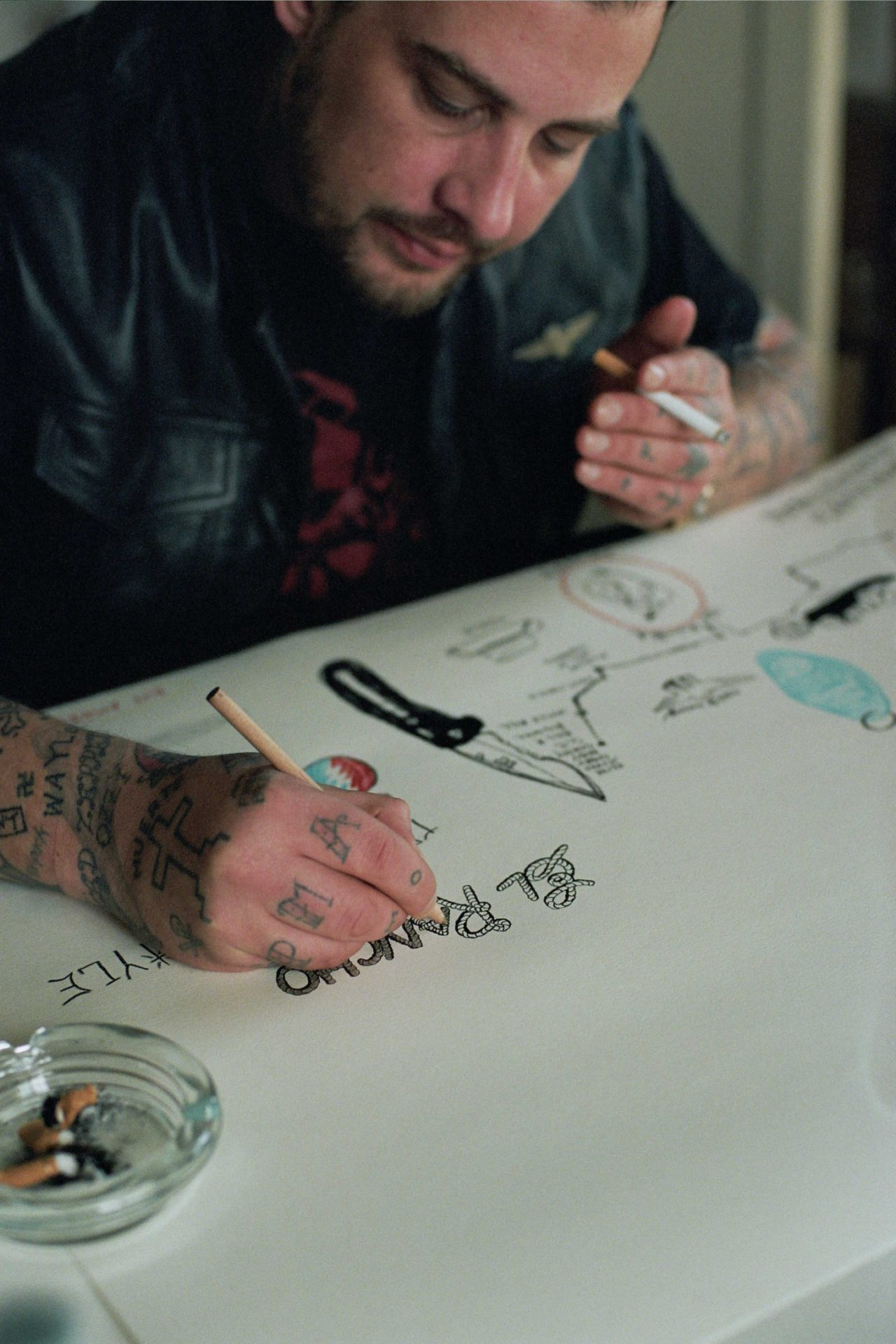
Adam Bryce: Hey Wes, are you in LA now?
a
Wes Lang: Yeah, we’re moving out here for the Winter. I don’t have a house in New York right now, but I’m going to get one probably in the Spring.
a
AB: Firstly I just wanted to ask you, your work is very particular, and some people would see it – without knowing you – as quite negative or quite anarchist. What was your childhood like? Did your childhood lend to that? Where did you grow up?
a
WL: I grew up in New Jersey, and what I feel in a super normal way in that I had a great childhood. I understand what you’re saying but it’s actually the exact opposite. My perspective and what I’m trying to say, it’s actually very positive. I mean, it’s filled with all sorts of darker type imagery but the text which I use in my pieces, most of ‘em are pretty riddled with words and imagery – which are just as important to the things as the pictures. Mostly the pieces are talking about how to live a good life and getting the most out of your life while you possibly can. All the stills and those kind of things are just reminders that, just that you have a limited amount of time to get things done. So, that’s really what it’s about.
a
I moved to New York right when I got out of high school in ‘91 and I apprenticed at a tattoo shop – I’ve never been like a professional tattoo artist. I just was there, cleaning up and doing drawings. It was more to just get tattoos, as I didn’t go to college or anything so it was just a great learning experience for me to get involved. It was at a point in time when tattooing was not such a socially acceptable type of situation as it is these days.
a
AB: I definitely saw the transition of that happen. Do you think the iconography and the imagery that you were surrounded by has influenced your art form now?
a
WL: Yeah I just always love the tattoo flash and stuff like that – the way that the flash sheets are composed on the walls in the tattoo shops. I’ve just always kind of been very attracted to that even before I worked in a tattoo shop – it was just something I always thought was so neat when I was a little kid. I didn’t really start taking what I’m doing now very seriously until I was in in my later twenties. When I was around 26 years old is when I really sat down and was – trying to – make a life out of doing this stuff. I didn’t start doing shows until a year after I really started making paintings, so I guess my first show was in 2000 – my first solo show.
a
I just keep making the work and more & more opportunities just keep presenting themselves. I don’t put a lot of effort into seeking things out – making things happen – it just kind of happens when they’re supposed to you know. That’s how I kind of treat it, and it seems to work that way. Not that it’s been easy by any stretch, but I also haven’t worried too much about it. And, now I’m at a point where I can’t make enough work to facilitate the demand for it – which is fantastic.
a
My attitude about it is that I just keep making things as if I’ve never had a show, as if I’m still working towards my first things and that I’ll never sell another piece. I try to keep myself centred on it, and keep my brain out of the business aspect of it as much as humanly possible. I’m humbled by it! It’s amazing to me every time somebody is into what I’m doing.
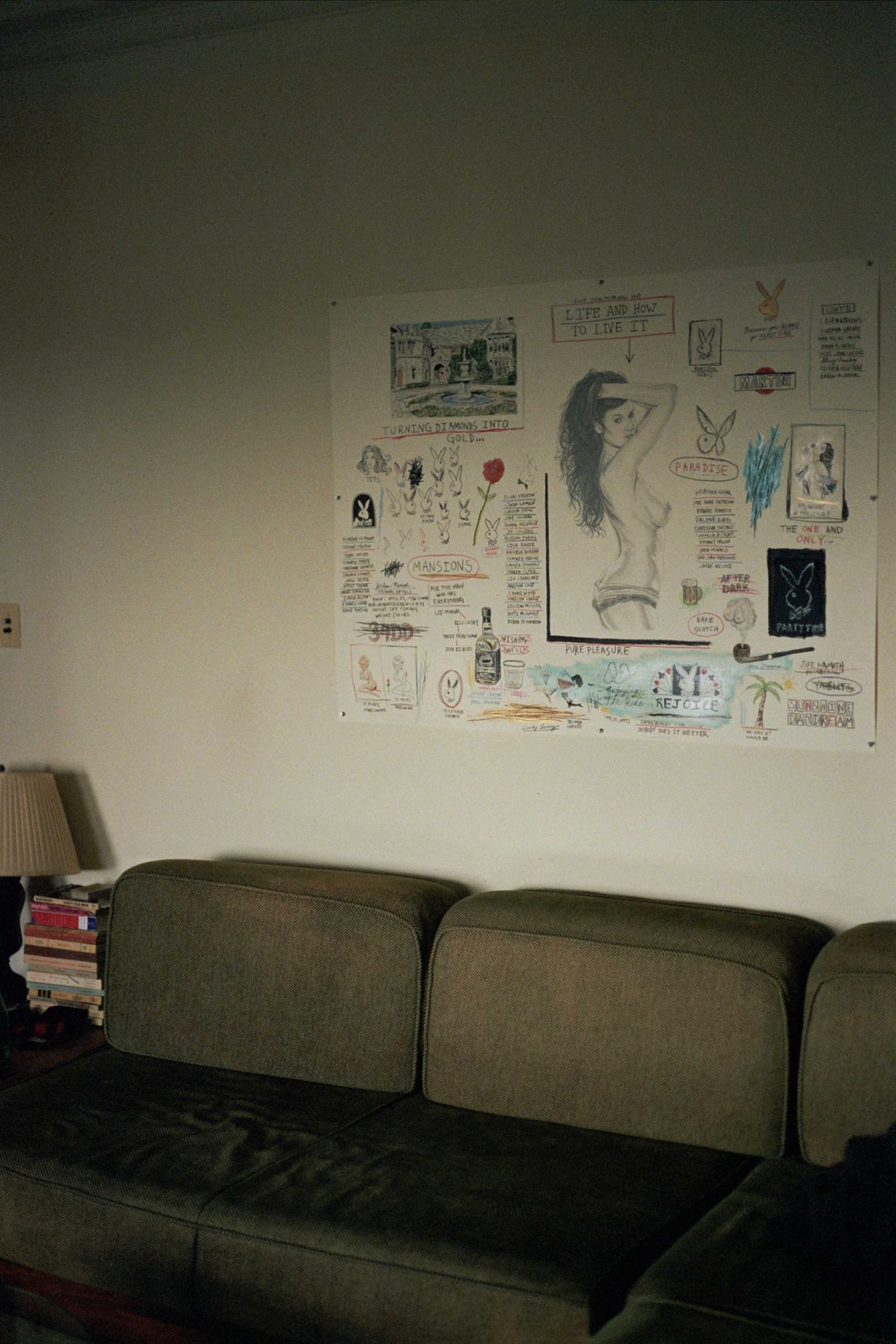
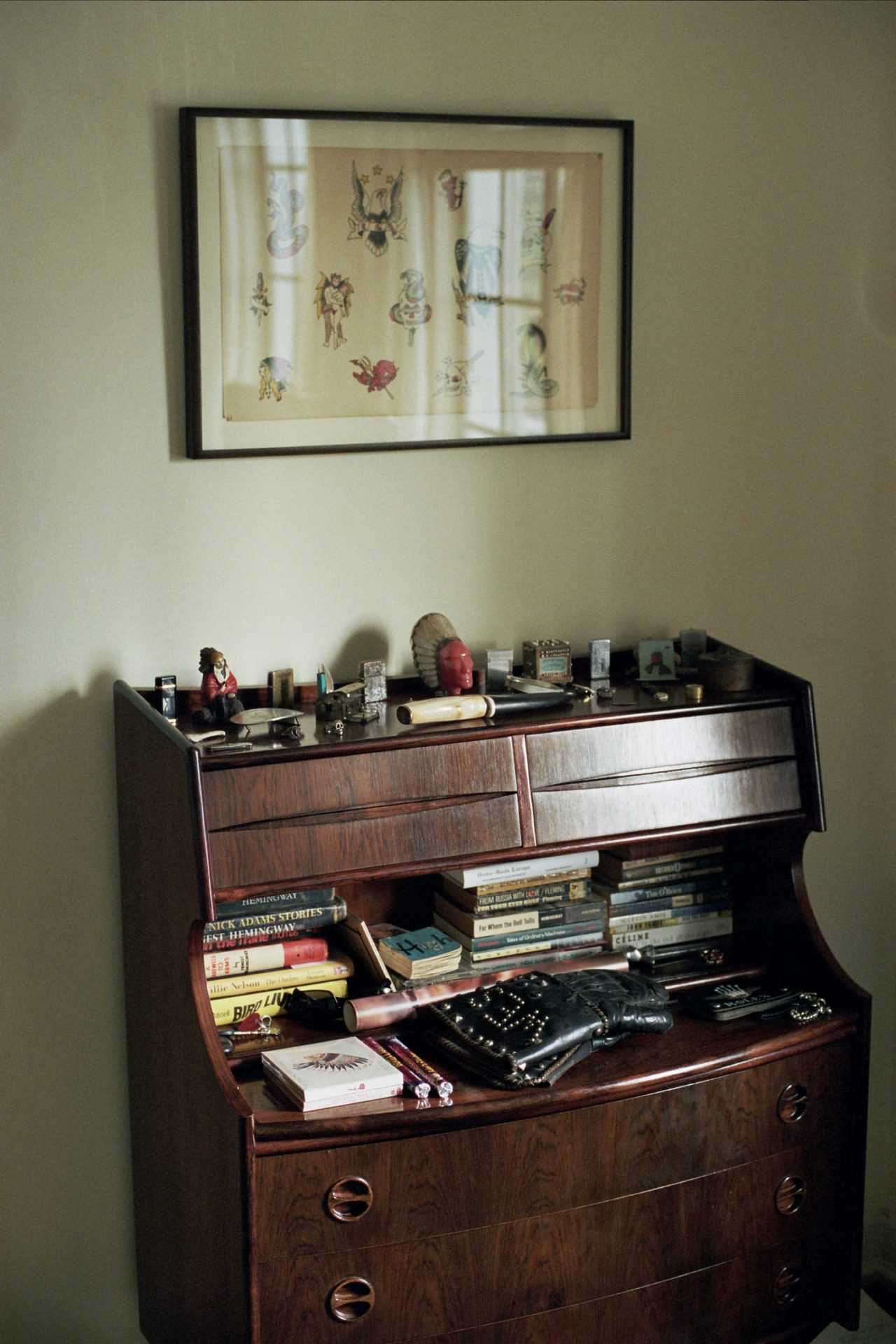
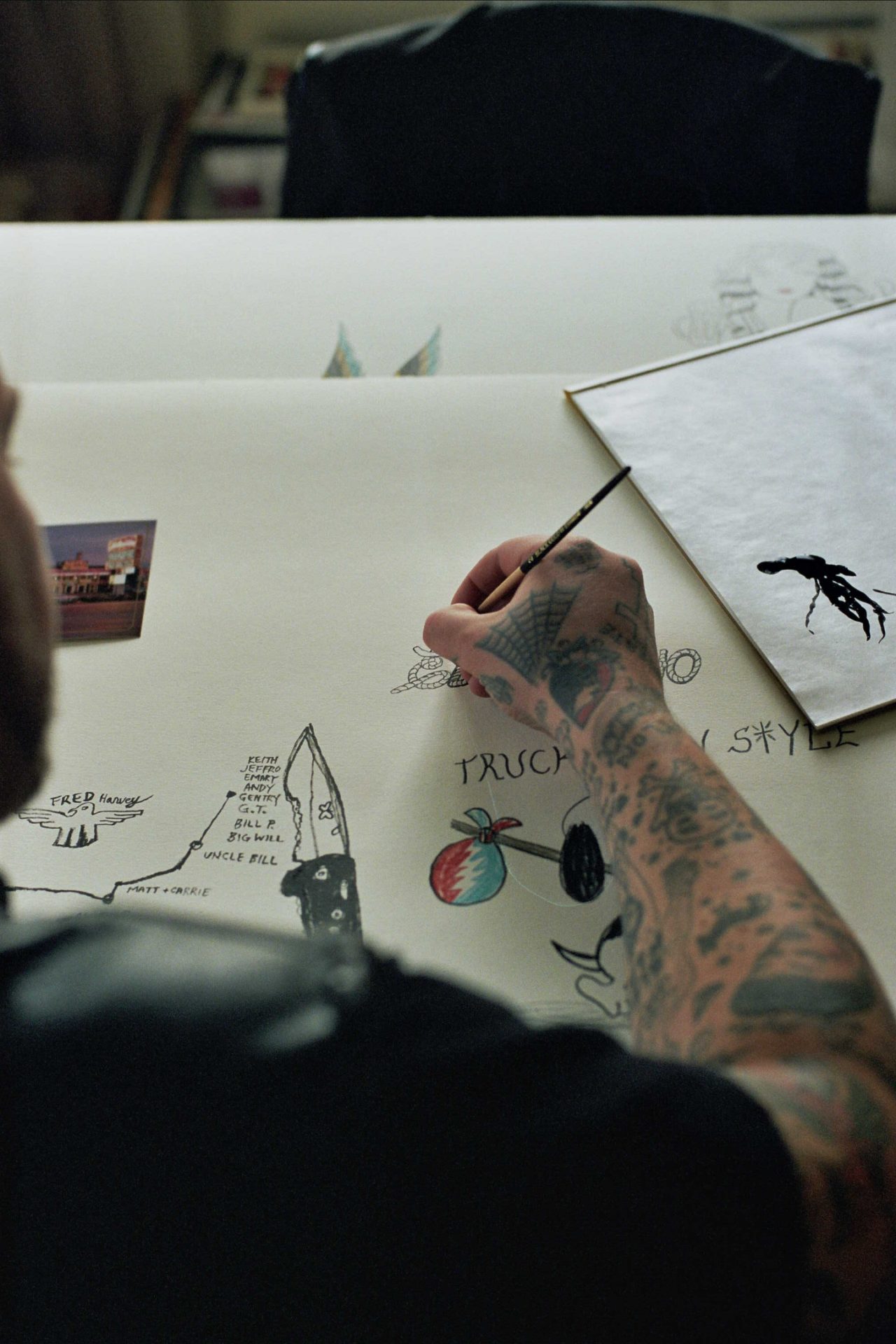
AB: Well I guess that’s exactly why you’ve been so successful because you’re not trying to play a game like so many artists are. You’re just doing what you wanna do, and if positive things come from that then it’s a bonus right?
a
WL: Yeah I think that the things that I speak about, and the words that I use are about bringing your ego down and keeping your focus on what’s important in your life and just really being – trying – to be a good person.
a
AB: When you were growing up and when you started working, the internet wasn’t as big a thing as it is now. The internet has really changed a lot of the way people think and get info. Has the Internet become a resource for you at all? Has it changed the way you think about things or the way you get things?
a
WL: I mean, I like it! If there’s a subject that I want to know more about I can go on my cell phone and look it up. And I think it’s amazing – and it helps me. It helps people get to know about my work also. I think it’s all positive as far as it goes with learning.It will definitely help people know about what artists are doing. It’s a good thing.
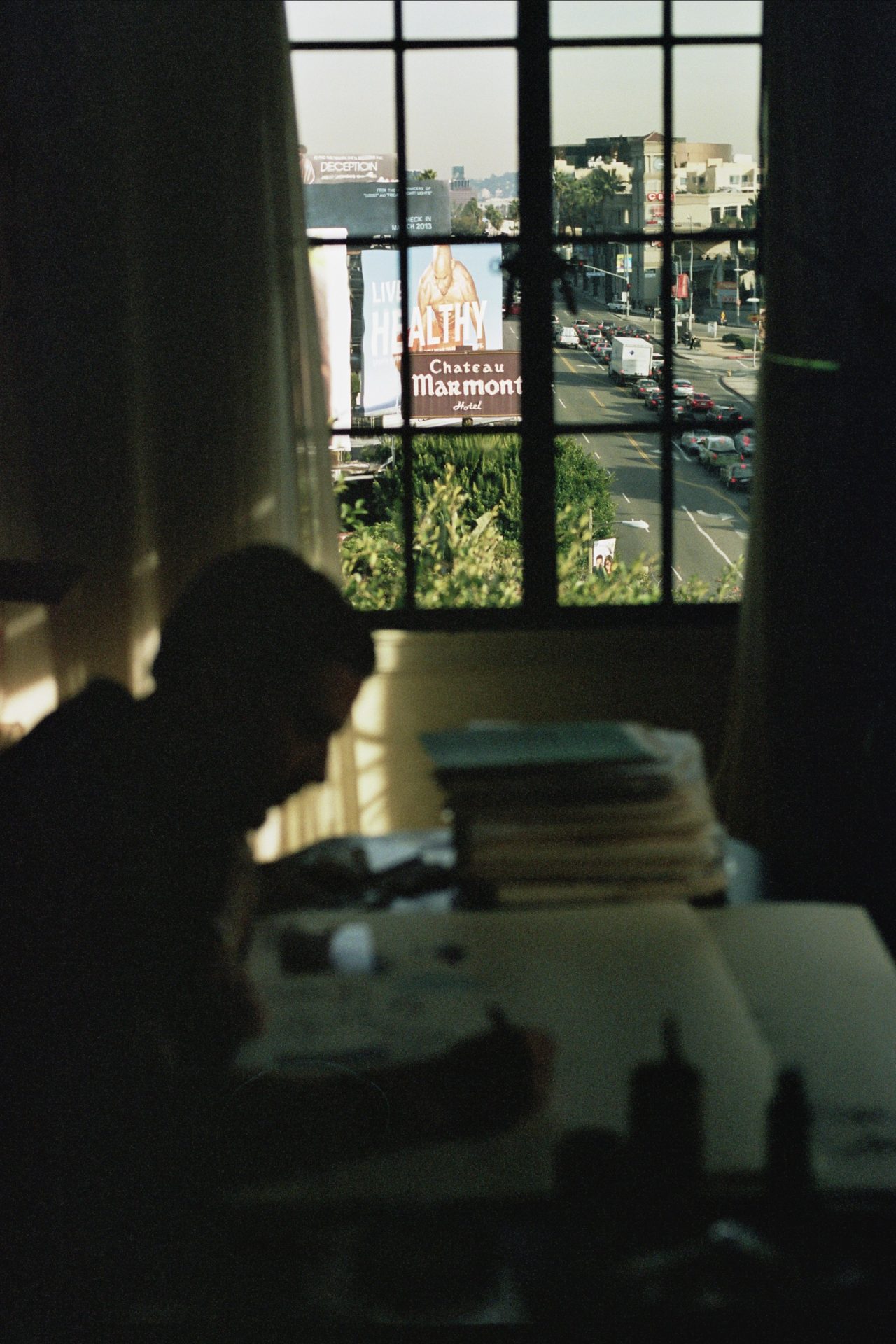
AB: Can you talk a little bit about music?
a
WL: You know a lot of my artwork is about music. I’m doing a bunch of new pieces right now, and I’ve been listening to a lot of Chet Baker and John Coltrane, and Thelonious Monk and Art Pepper. That’s the music I was raised on, so I’m kinda nodding at my dad a bit. Talking to him, through what I’m doing about what he exposed me to, it still stuck with me. It always will, and that’s what’s important right this minute.
a
I‘m really into the Grateful Dead and I’ve gotten to share work with them on this project that I did with them and that’s been fun for me. I’ve never done an album cover, ever, until the first time I ever got to do a record cover was with the fucking Grateful Dead concept. Crazy. That’s the hugest honour ever and something I never thought would happen. I didn’t even try to make it happen it just came to me.
a
If I concentrate on the things that are important to me then all of a sudden, sometimes, they happen. Some of my life long dreams have come true, like releasing a line of Rolex’s with George Bamford over in London. The other day I also had a big piece of mine run in the newest issue of Playboy, which is another thing that I’ve been obsessed with since I was a little kid. I just got a box of Playboys in the mail and my piece is in it, and it’s next to Richard Prince, and Cindy Sherman and Tracey Emin, and all these fucking amazing really important people and somehow I was brought into the fold in all that. It blows my fucking mind. The piece is actually hanging on the wall right behind me as we speak. I’m keeping it because it’s such an important milestone for me.
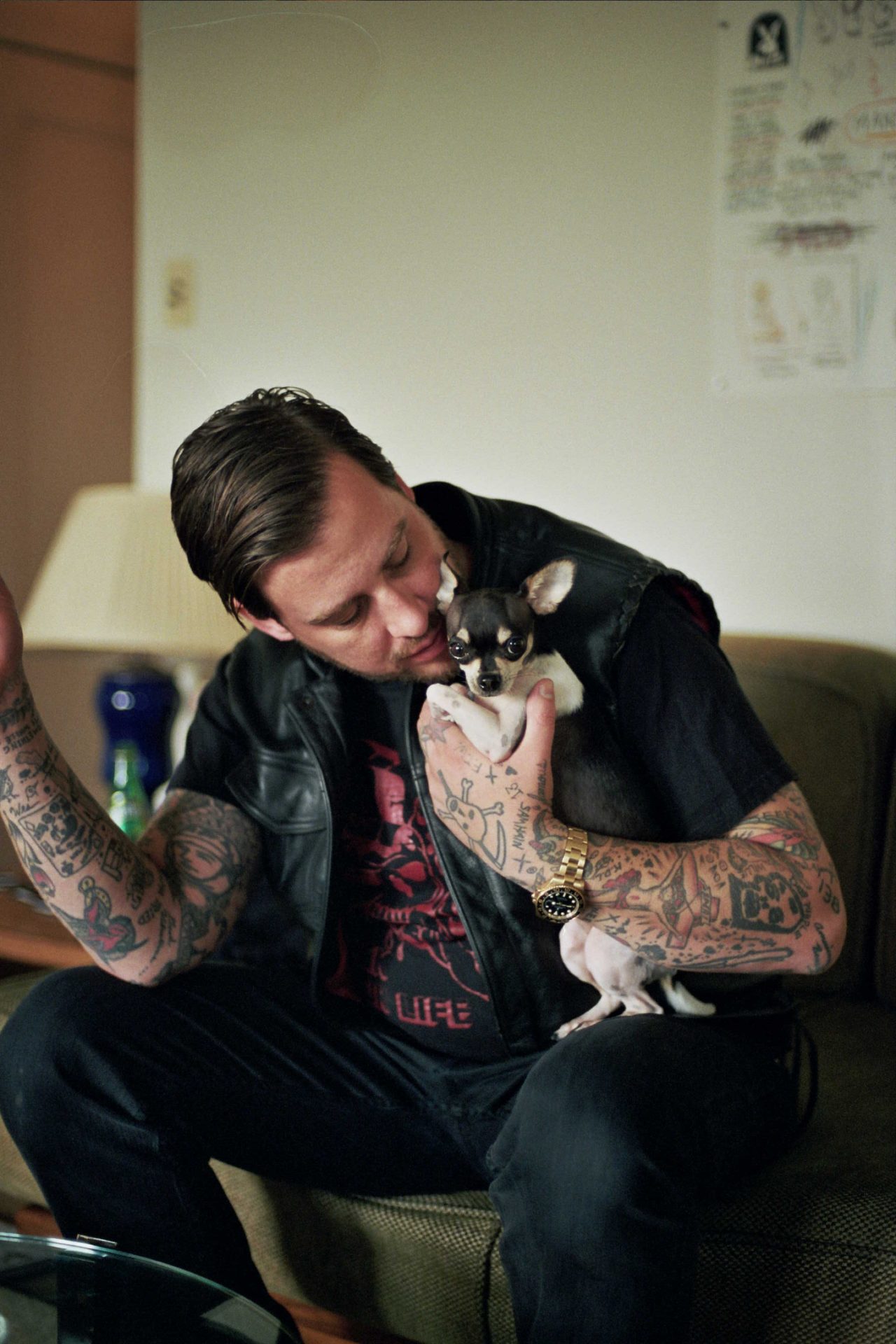
Written by Adam Bryce | Photography Clement Pascal | Featured in issue 7 of Champ Magazine

































